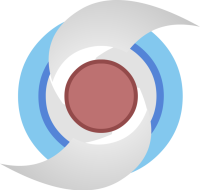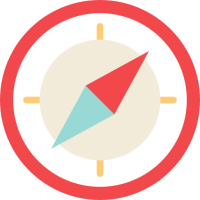Decoding behavioral signifiers for the brain state of vigilance can have far reaching implications for understanding actions and identifying disease. We are using high resolution video recordings of mice as they navigate a maze, but have access to very few pre-determined behavioral signifiers. Several recent publications implemented computer vision to extract a variety of previously unreachable aspects of behavioral analysis, including animal pose estimation and distinguishable internal states. These descriptions allowed for the identification and characterization of dynamics, which then revealed an unprecedented richness to the behaviors that determine decision making. Applying such computational approaches in our maze in the context of behaviors that have been validated to measure choice and memory can reveal dimensions of behavior that predict or even determine psychological constructs like vigilance. DSI scholars would use pose estimation analysis to evaluate behavioral signifiers for choice and memory and relate it to our real time concurrent measures of neural activity and transmitter release. The students would also have opportunity to examine the effect of disease models known to impair performance on our maze task on any identified signifier.






